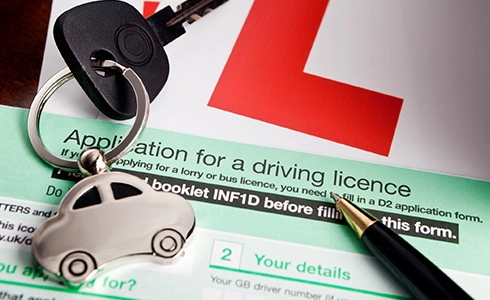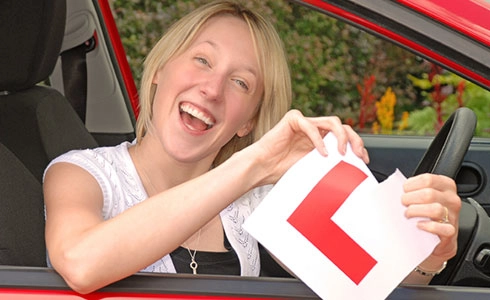Young drivers
Learning to drive is a key moment in the life of many young people and can be a time of anxiety for parents. Being able to drive allows greater independence to get around, especially in areas where public transport is limited.
Further information can be found on our Helping Learner Drivers website.



